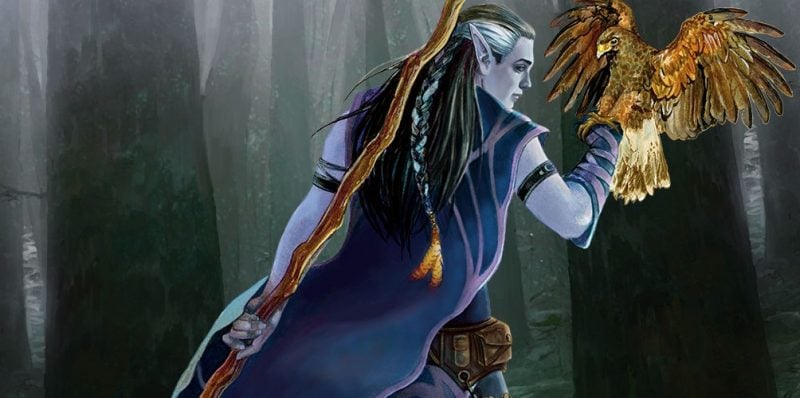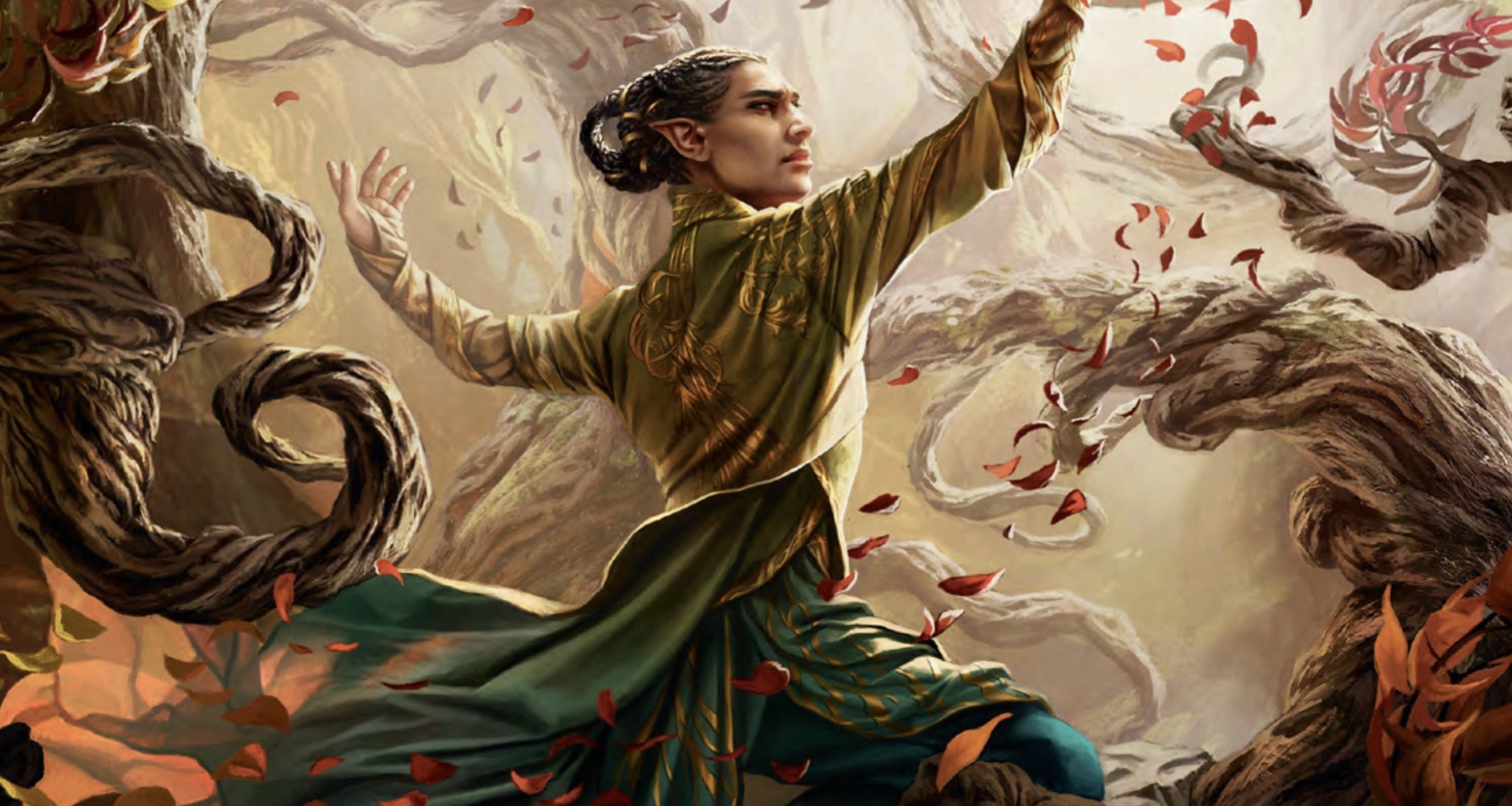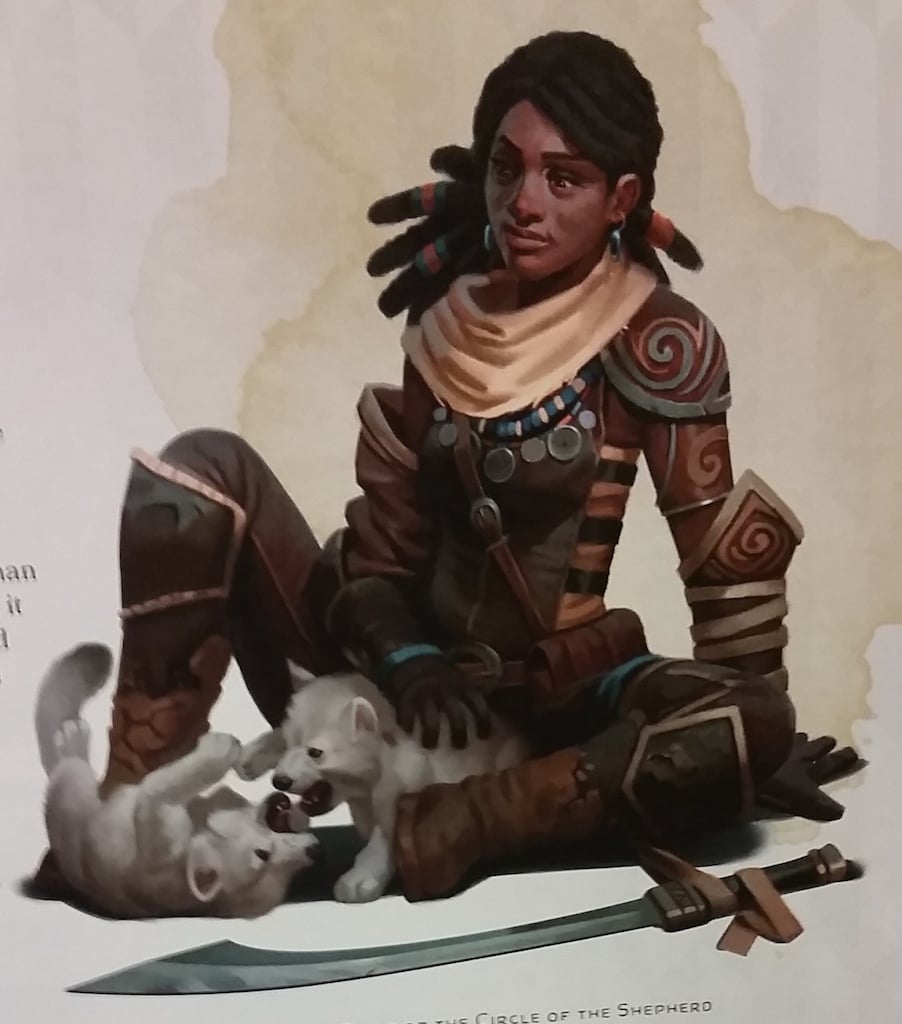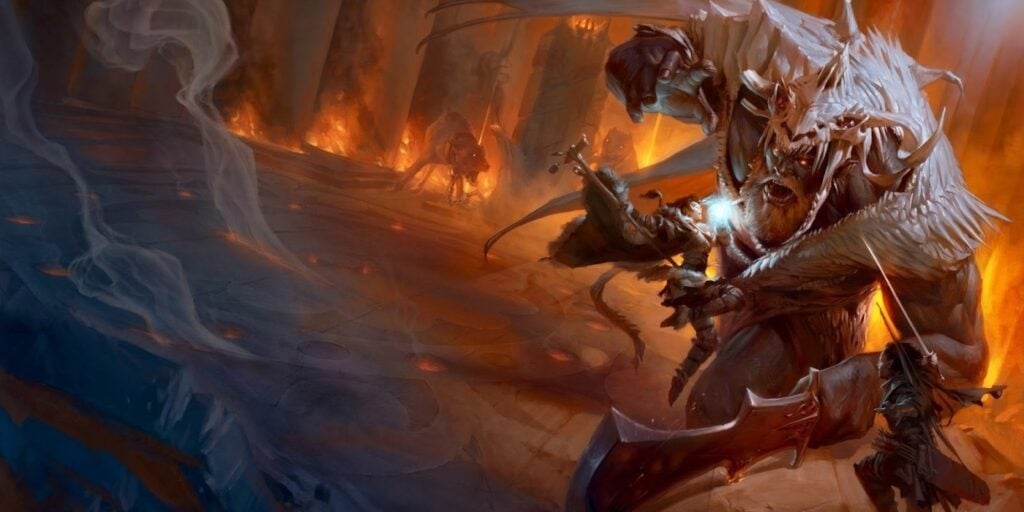D&D: Back To Nature – Designing A Druid
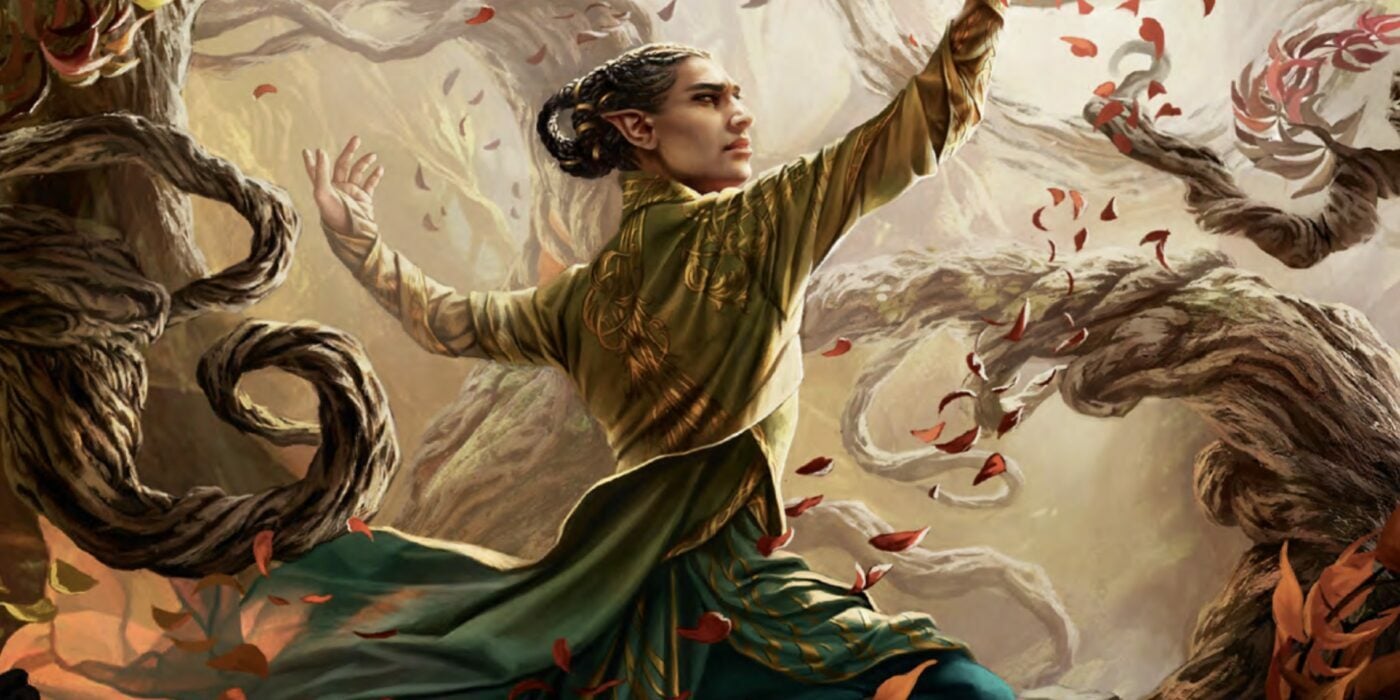
With three new subclasses being tested right now, and a whole bunch of powerful options already, here are a few different ways to build a Druid.
Druids are in an interesting place in 5th Edition. Like the rest of the classes in 5th Edition, they have a core set of mechanics that are common to each of the classes, and some special abilities unlocked by the subclasses (or Druid Circles) that players decide on. But what makes them so distinct from the others is the way their tools get used can vary so much from subclass to subclass. A Cleric, at the end of the day, will still cast spells (and possibly fight in melee) in just about every Encounter. But a Druid? They have a few different modes they can drop into–and each of their subclasses the way they change their core tools: Wildshape and Spells.
So let’s look at some of the common things that Druids can do with these tools, and then see how they differ from subclass to subclass.
That Shape, Man it’s Wild
Wild Shape may be one of the most underrated tools in a character’s toolbox. Which is interesting because most folks will tell you readily how good it is. They’ll point out that if a Druid can turn into a Bear (or other high level Beast) they can basically keep themselves going throughout the fight without ever really being threatened. But then a clever DM will point out that it’s so much easier to hit someone who’s transformed themselves, even if they have used their own buffing spells beforehand, and will try to nail them with multiple attacks to whittle away at this pool of temporary hit points.
And it’s true, a Druid who can Wild Shape always has access to a temporary pool of hit points that can absorb a fairly significant amount of damage before you get through to the squishier Druid underneath–transformed Druids assume the hit dice (and points) of the beasts they transform into. And since you can Wild Shape twice per rest, it’s hard to burn through those extra hit points. But Wild Shape lets you do so much more than survive combat.
You can (eventually) take to the skies as a bird, hide undetected as a mouse, become a creature that swims (and breathes) through the water. Become something with a climb speed in order to ascend or descend without danger. Basically the world opens up so much more to Druids. Escape imprisonment, spy on your enemies–whatever you can think of, there should be an animal for you. If you need some inspiration, go watch nature specials and come away amazed.
But Wild Shape is only one of the big tools Druids have. Spells are the other part–and there’s some pretty cool interactions here. Spells you cast before you transform carry over–you can’t cast spells in animal form (at least not until 18th level) but you can keep concentrating on spells you cast before you shapeshift. And Druids have some excellent concentration spells. So, you can keep a Moonbeam or Call Lightning going while you turn into a wren or something and get out of the enemy’s reach or sight.
Circling Up
As we said, the Subclass you choose alters the way you’ll use your core abilities. Let’s look at what they can do for you.
The Circle of Dreams is a new one, introduced in Xanathar’s Guide to Everything, and it transforms Druids into the ultimate party support class. Make no mistake, they’re no slouch in combat–and they can do so much more than heal–it’s just that while they’re doing everything else, they can also heal targets. They get a fantastic healing ability that triggers as a bonus action, and is totally usable while Wild Shaped.
Circle of the Land Druids are Spellcasters through and through. Most of their abilities revolve around their spells–the two biggest benefits are adding additional spells to their lists and the ability to regain spell slots after even a short rest. Between their spells and Wild Shapes, these Druids are a font of mystic power. These druids specialize in having the right tool for the job, whether a powerful spell or an animal shape–they gain situational benefits when on nature. But their spell power affords them excellent flexibility. Druid spells tend towards battlefield control rather than out and out damage, but you’d be surprised.
Druids of the Circle of the Moon are the classic shapeshifting Druids. If you want to play a character who spends their time fighting as an animal, this is the way to go. With combat Wild Shape (makes it a bonus action for them), and an easement of the restrictions on Wild Shape, or even the ability to become elementals, these Druids are excellent brawlers, meaning they can take and deal surprising amounts of combat damage. They’re at their best when in the middle of a fight, so if you pick one, look for spells that can complement that. They do well when picking spells that hamper opponents, locking them near the Druid’s bestial form.
Finally there are Druids from the Circle of the Shepherd, who are masters of spirits and animals alike. They turn a Druid’s spellcasting from a general toolkit to one focused on summoning. This, combined with their Spirit Totem ability makes them excellent at providing more combat oriented support, capable of using their bonus action to buff allies with a lingering area that either grants temporary hit points, extra healing, or advantage (though this last costs your reaction). They can conjure allies, buff the party, and even support their summoned creatures at no extra cost at higher levels.
As you can see, Druids are all fairly powerful team players, and any variety can be the lynchpin for your party.
Until next time, happy adventuring!

